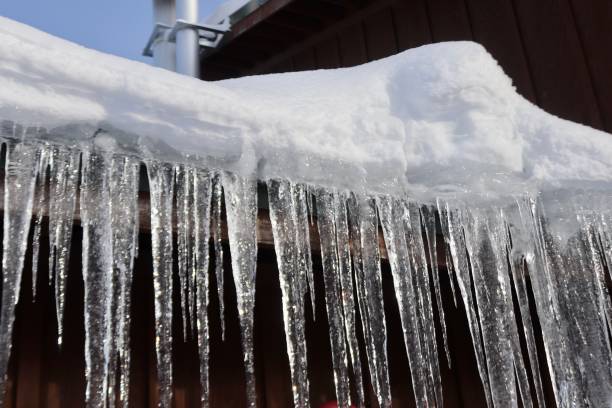Essential Approaches for Preventing Frozen Pipes in Winter
Essential Approaches for Preventing Frozen Pipes in Winter
Blog Article
What are your thoughts with regards to 6 Ways to Prevent Frozen Pipes?

Cold weather can wreak havoc on your pipes, particularly by freezing pipelines. Right here's just how to avoid it from occurring and what to do if it does.
Introduction
As temperature levels decrease, the danger of icy pipelines rises, possibly causing pricey repairs and water damage. Recognizing just how to stop frozen pipes is vital for home owners in cold climates.
Avoidance Tips
Protecting at risk pipes
Wrap pipes in insulation sleeves or utilize warmth tape to shield them from freezing temperature levels. Concentrate on pipes in unheated or outside areas of the home.
Home heating strategies
Maintain indoor rooms appropriately heated, specifically areas with plumbing. Open cupboard doors to enable cozy air to flow around pipes under sinks.
Exactly how to recognize icy pipes
Search for lowered water flow from taps, unusual smells or sounds from pipelines, and visible frost on revealed pipes.
Long-Term Solutions
Architectural modifications
Take into consideration rerouting pipelines far from outside wall surfaces or unheated locations. Add added insulation to attics, cellars, and crawl spaces.
Updating insulation
Invest in high-grade insulation for pipes, attic rooms, and wall surfaces. Correct insulation assists maintain regular temperatures and minimizes the danger of icy pipes.
Securing Exterior Pipes
Garden tubes and outside faucets
Detach and drain garden pipes prior to winter. Install frost-proof faucets or cover outside faucets with protected caps.
Recognizing Frozen Pipelines
What triggers pipes to freeze?
Pipes ice up when revealed to temperature levels listed below 32 ° F (0 ° C) for expanded periods. As water inside the pipelines freezes, it broadens, taxing the pipeline wall surfaces and possibly causing them to break.
Risks and damages
Frozen pipes can lead to water supply interruptions, building damage, and expensive fixings. Burst pipelines can flood homes and cause comprehensive structural damage.
Signs of Frozen Piping
Recognizing frozen pipelines early can stop them from bursting.
What to Do If Your Pipes Freeze
Immediate actions to take
If you suspect icy pipes, keep taps open up to soothe stress as the ice thaws. Use a hairdryer or towels soaked in warm water to thaw pipelines gradually.
Conclusion
Protecting against frozen pipelines calls for proactive steps and quick reactions. By understanding the causes, indicators, and preventive measures, home owners can safeguard their pipes during cold weather.
5 Ways to Prevent Frozen Pipes
Drain Outdoor Faucets and Disconnect Hoses
First, close the shut-off valve that controls the flow of water in the pipe to your outdoor faucet. Then, head outside to disconnect and drain your hose and open the outdoor faucet to allow the water to completely drain out of the line. Turn off the faucet when done. Finally, head back to the shut-off valve and drain the remaining water inside the pipe into a bucket or container. Additionally, if you have a home irrigation system, you should consider hiring an expert to clear the system of water each year.
Insulate Pipes
One of the best and most cost-effective methods for preventing frozen water pipes is to wrap your pipes with insulation. This is especially important for areas in your home that aren’t exposed to heat, such as an attic. We suggest using foam sleeves, which can typically be found at your local hardware store.
Keep Heat Running at 65
Your pipes are located inside your walls, and the temperature there is much colder than the rest of the house. To prevent your pipes from freezing, The Insurance Information Institute suggests that you keep your home heated to at least 65 degrees, even when traveling. You may want to invest in smart devices that can keep an eye on the temperature in your home while you’re away.
Leave Water Dripping
Moving water — even a small trickle — can prevent ice from forming inside your pipes. When freezing temps are imminent, start a drip of water from all faucets that serve exposed pipes. Leaving a few faucets running will also help relieve pressure inside the pipes and help prevent a rupture if the water inside freezes.
Open Cupboard Doors
Warm your kitchen and bathroom pipes by opening cupboards and vanities. You should also leave your interior doors ajar to help warm air circulate evenly throughout your home.

I stumbled upon that piece of writing on Prevent Frozen Pipes when doing a search on the internet. Do you know somebody who is sincerely interested in the niche? Take a moment to share it. Thanks for going through it.
Request A Quote Report this page